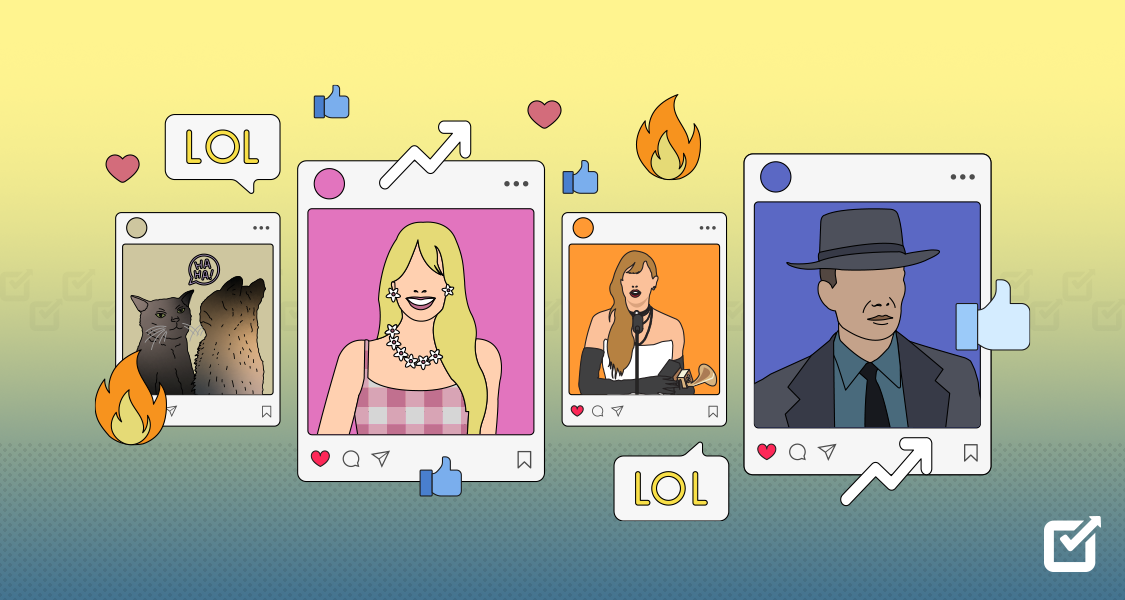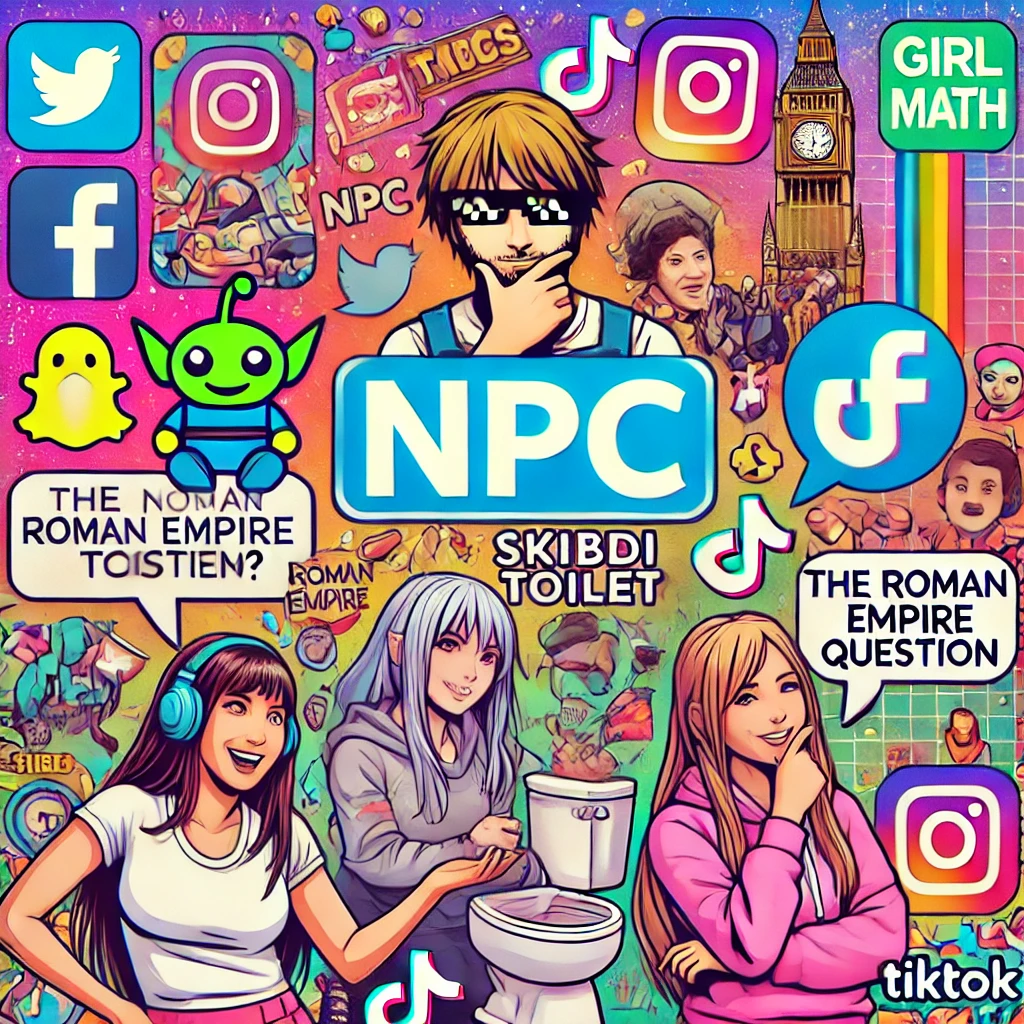Memes and More The Funniest Trends Taking Over Social Media
Social media is a powerhouse of entertainment, constantly evolving with new trends, viral challenges, and hilarious memes that captivate audiences worldwide. Memes, in particular, have become the internet’s universal language, bringing humor to everyday situations and sparking global conversations. From pop culture references to absurd internet humor, social media platforms are flooded with content that keeps users engaged and entertained. Let’s dive into the funniest trends that have recently taken over the digital space.

The Rise of Meme Culture
Memes have become an essential part of internet culture. They are witty, relatable, and often reflect current events, making them a perfect way to engage with audiences. Platforms like Twitter, Instagram, TikTok, and Reddit have been instrumental in spreading memes at an incredible pace. The beauty of memes lies in their versatility—they can be images, videos, GIFs, or even simple text posts that spark laughter or provoke thought.
One of the major reasons memes go viral is their relatability. Whether it’s about daily struggles, workplace humor, or pop culture references, a good meme resonates with a large audience, making it shareable and impactful. With every viral trend, a new meme format emerges, keeping the internet fresh and exciting.
Top Viral Meme Trends of the Year
1. The “NPC” Trend
The “NPC” (Non-Playable Character) meme took the internet by storm, poking fun at individuals who behave in a robotic or predictable manner, much like background characters in video games. This trend has led to countless hilarious clips and animations where people exaggerate robotic movements or deliver scripted, repetitive dialogue in real-life settings. The meme highlights the humor in everyday situations where people seem to follow a predetermined script.
2. The “Girl Math” and “Boy Math” Trend
This humorous trend took off on TikTok, where users create exaggerated and satirical justifications for financial decisions based on gender stereotypes. “Girl Math” explains spending habits in a way that makes unnecessary purchases seem logical (e.g., “If I buy something with cash, it’s free”), while “Boy Math” humorously exposes contradictions in male logic (e.g., “Thinking a 5’10 guy is short but believing a 6’0 guy is tall”). The trend has led to thousands of hilarious takes and spin-offs.
3. The “Skibidi Toilet” Phenomenon
A bizarre yet wildly popular trend, “Skibidi Toilet” started as an absurd YouTube animation featuring toilet-headed creatures singing a catchy tune. It quickly spiraled into meme culture, with fans creating edits, remixes, and reaction videos. Despite its randomness, the trend’s absurdity is precisely what makes it so entertaining.
4. The “Roman Empire” Question
This trend blew up when women started asking the men in their lives how often they think about the Roman Empire. Surprisingly, many men admitted to thinking about it frequently, leading to a hilarious social media debate. Memes flooded platforms with exaggerated takes on this obsession, showing how historical events somehow occupy people’s minds in unexpected ways.
5. “Corecore” and Aesthetic Memes
Social media trends have also given rise to “Corecore,” an emotional and often surreal meme genre that combines video clips and music to evoke deep feelings. Unlike traditional humor-based memes, Corecore blends nostalgia, existentialism, and cultural commentary, making it an intriguing subgenre that resonates with audiences in a unique way.

The Impact of Memes on Pop Culture
Memes are no longer just internet jokes; they have infiltrated mainstream media, advertising, and even politics. Brands now use memes as part of their marketing strategies, recognizing their power to connect with younger audiences. Companies like Wendy’s, Netflix, and even major fashion labels incorporate meme culture into their social media presence, making their content more relatable and engaging.
Celebrities and influencers also leverage memes to maintain relevance and interact with fans. Whether it’s using a popular format to announce new projects or participating in viral challenges, memes provide an opportunity to boost engagement and stay in the spotlight.
Why Do We Love Memes?
The reason memes are so addictive is simple—they provide instant gratification. A well-crafted meme delivers humor, nostalgia, or relatability in a single glance. In an age where attention spans are shrinking, memes offer a quick and effective way to consume content. Additionally, they create a sense of community, allowing users to bond over shared experiences and inside jokes.
What’s Next for Meme Culture?
The world of memes is constantly evolving, with new trends emerging at an astonishing rate. As artificial intelligence continues to advance, we may see AI-generated memes gaining popularity, providing even more personalized and creative content. Additionally, the rise of interactive memes and augmented reality filters could take meme culture to new heights.
No matter what the future holds, one thing is certain—memes will continue to shape social media and entertainment for years to come. They are more than just internet jokes; they are a powerful force that unites people through humor and shared experiences.
So, the next time you come across a meme that makes you laugh out loud, remember that you’re part of a global digital culture that thrives on creativity, wit, and a shared love for the absurd.


Leave a Reply